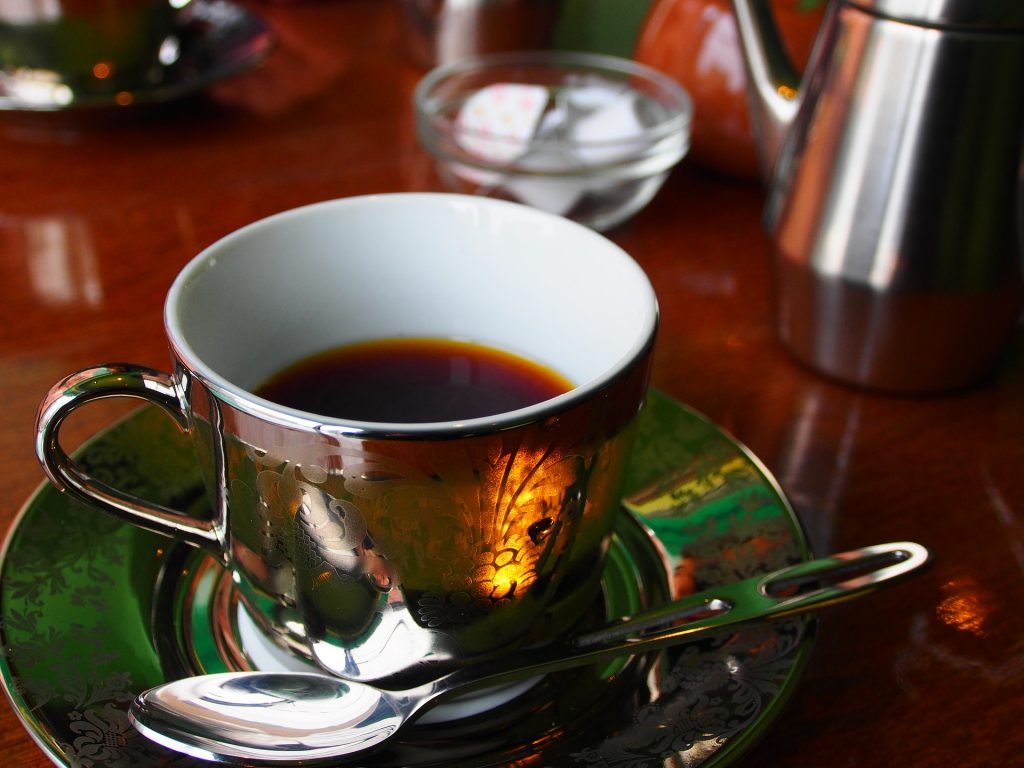Of all the varieties of coffee in the world, one of the most expensive is Kona coffee. It’s a type of Arabica bean that’s cultivated in a small area in Hawaii called the Kona Coffee Belt. Taste a cup of brew made from Kona coffee beans, and you’ll instantly notice the distinct difference between it and other types of coffee you’ve tried. The aroma of it is also alluring, and its fragrance is an integral part of what makes this variety so special. Here’s a short guide to this premium Hawaiian coffee.
Growing Region
Coffee beans must come from a Kona district in order to have the “Kona” label, and those areas lie only in Mauna Loa and Hualalai on the Big Island of Hawaii. The growing conditions in this area are perfect for coffee plants due to having very little wind, plenty of early morning sun, ample rain, and nights that are mild. The volcanic soil in these districts, which is chock full of minerals, is also a factor in how well Kona coffee grows there and how it develops its unique flavor profile and characteristics.
Picking and Processing
Kona coffee became a recognized variety in the late 1800s, although coffee started being grown in the district before 1830. The coffee plants bloom in February and March, and if you’ve ever visited the Kona district during this time you’ve probably noticed tiny white flowers covering the area that locals call Kona snow.
Once these flowers appear, it’s just a matter of time before green berries follow in April. It then takes several months for the berries to turn into red fruit called coffee cherries, which is when they’re ripe for picking. Every tree that bears Kona coffee grows the equivalent of two pounds of roasted coffee, meaning the variety is in short supply.
The ripe berries have to be hand picked, which occurs between August and January of each year. Within 24 hours of being picked, the coffee cherries are sent through a pulper to separate the beans from the rest of the fruit. The beans are put into a fermentation tank between 12 to 24 hours, and then rinsed and spread out to dry on a rack.
The traditional name for this rack is hoshidana, and it’s specially crafted to provide the ideal drying conditions for Kona coffee. It takes one to two weeks for the beans to dry out enough for the papery husk around it — called parchment — to be shaken off and for processing to continue.
Types of Kona Coffee
There are two types of Kona coffee beans and they’re classified by seed. Type I has two beans per each cherry, with a flat bean on one side and an oval shaped bean on another. Type II beans, also called peaberries, contain just one round bean in each cherry.
From there, the coffees are graded according to the size, purity, and moisture content of the beans. Type I can be graded as Kona Extra Fancy, Kona Fancy, Kona Number 1, Kona Select, or Kona Prime. Type II grades are Peaberry Number 1 and Peaberry Prime. A lower grade exists called Number 3 but it isn’t able to be labeled as Kona coffee according to Hawaiian regulations, although it is sold in blends under other names.
Why is it so expensive?
A small growing area that produces a limited supply, the labor intensive process of hand picking and sorting the beans, stringent processing standards, and its rarity are all reasons why Hawaiian coffee from Kona costs so much. However, it’s one of those things that coffee lovers who want a unique experience are willing to pay for because it truly has no equal.
When you buy Kona coffee in the store, you’ll notice that the varieties labeled “Kona blend” or something similar don’t cost as much as the 100% Kona Coffee varieties. That’s because a blend can contain as little as 10% Kona coffee while the latter is all Kona coffee beans. If you want to get the full experience of drinking this wonderful brew, go for brands that are 100% Kona Coffee.
Incredible Taste
One of the most noticeable things about Kona coffee is that it has sweet undertones, which is why many feel it’s well rounded and mellow. If you’ve been looking for a coffee that you can enjoy without adding flavoring, syrups, sugar, or cream, Kona will fit the bill. It’s so bright and smooth, but it also has a lovely finish with a touch of acidity.
The body of Kona coffee is also outstanding and has a mouthfeel that’s full and can even be described as buttery. Perhaps the most pleasurable part of drinking Kona coffee, aside from its flavor, is the fantastic aroma that comes out during brewing. It’s common to smell notes of lightly roasted nuts, caramel, chocolate, or fruity florals — what you end up smelling depends on how darkly roasted the coffee is. The lighter roasts will have more fruit and floral notes, while darker roasts will bring out the chocolate aroma.

